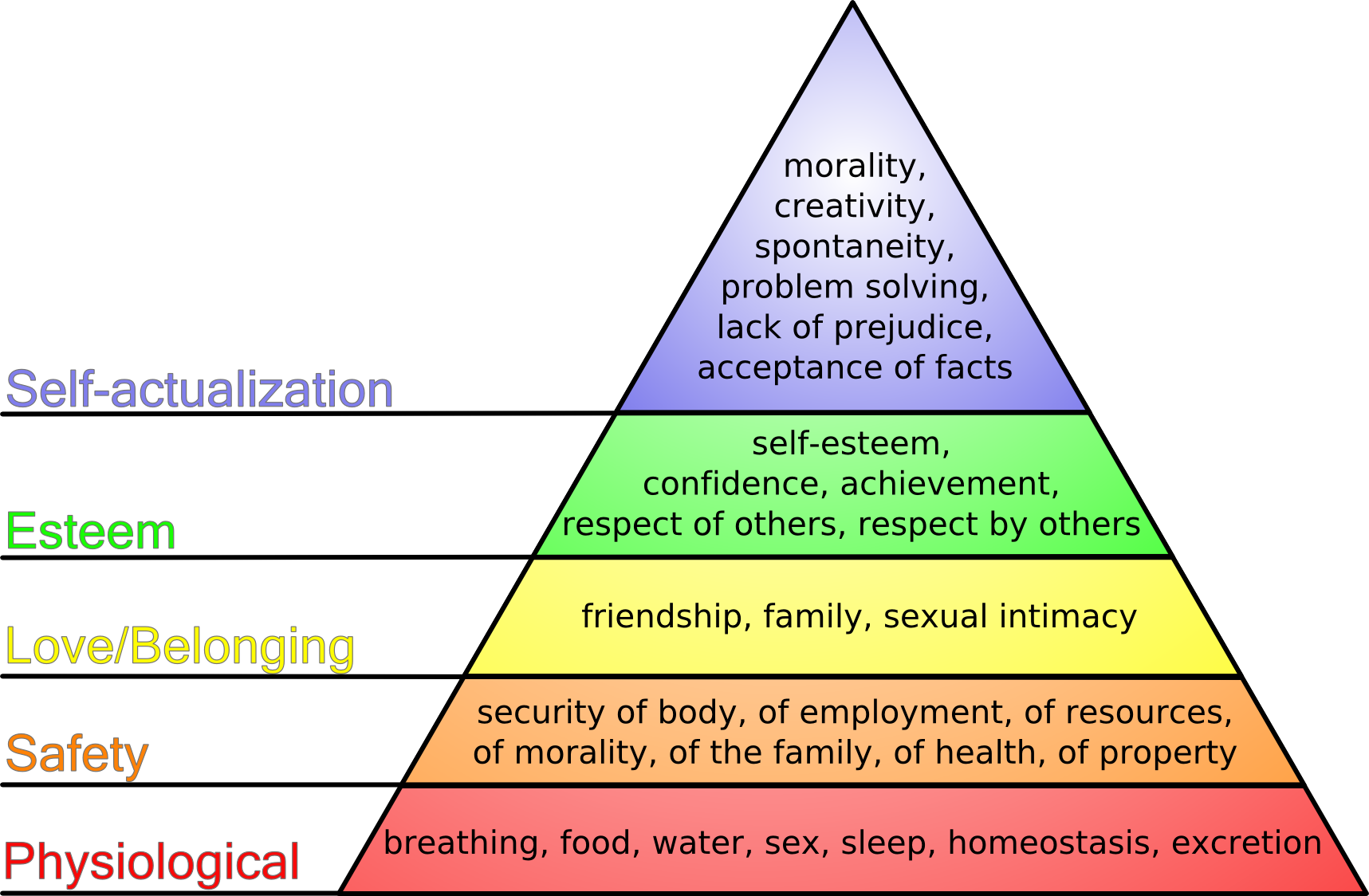Kerrang! includes full page advertisements for music companies such as HMV and Play.com as well as promoting other retailers such as Virgin, Playstation, xBox, alternative clothing and jewellery and concert ticket lines. In the 8th December 2012 issue, Kerrang! had 23 adverts (11 pages), which included; guitar games for the PS3, Xbox 360 and PC, many clothing lines, tours and gigs, wrestling events. Nearly half the profits of Kerrang! now come from the magazine’s advertising and circulation revenues. The largest share comes from the broadcast interests with online and mobile also contributing. Kerrang! also have a very clever system called ‘fly text’. This is where Kerrang! send text messages to the subscribers telling them when and where their favourite bands are playing.
Kerrang! is a very successful rock magazine. Some may argue that the print press is dead, but is it really? I don't think so. Kerrang! is a successful, strong multi-platform institution which has a hold of its dedicated readers and I believe that this success will remain.
Maslow's hierarchy of needs Abraham Maslow's theory about what humans need, from the basic requirements for survival to what makes us happy.
 NME Magazine The music magazine NME is a British music magazine, which is published on a weekly basis. The editor of the magazine is Mike Williams and is published by IPC Media. The total circulation of the magazine is 23,924. The magazine originally started as a music newspaper, and gradually moved towards a magazine format during the 1980's, changing from newsprint in 1998. NME was the first British paper to include a singles chart. In the 1970's it became the best-selling British music newspaper.
NME Magazine The music magazine NME is a British music magazine, which is published on a weekly basis. The editor of the magazine is Mike Williams and is published by IPC Media. The total circulation of the magazine is 23,924. The magazine originally started as a music newspaper, and gradually moved towards a magazine format during the 1980's, changing from newsprint in 1998. NME was the first British paper to include a singles chart. In the 1970's it became the best-selling British music newspaper. The NME magazine's website was first launched in 1996. http://www.nme.com/ It has now become the world's largest music site with over seven million users per month.
The paper's first issue was published on the 7th of March 1952.
This is an example layout of the music magazine NME's layout:
Open publication - Free publishing
What is the music press?
The music press is criticism and reportage about music. Music press began in the eighteenth century, originally as comment on classical music. The aspect of music journalism today is often referred to as music criticism. Music criticism comprises the study, discussion, evaluation and interpretation of music and its performance.
Is music journalism dead?
This is a link to an article written by Sean Adams, on a music website called Drowned In Sound. The article is on music journalism and it talking about it music journalism is dead. I found it very interesting as it gave me a larger insight on the music press and others opinions, regarding the music press.
Online vs Print
There are many advantages and disadvantages to both online and print.
Advantages of print:
- Effective in reaching their primary target audience
- Magazines and newspapers are always in view of the public
- Appealing free gifts
- It can be kept as a belonging
- Not always accessible
- the price of the magazine may be too high
- the information may be out dated
- Access to the music press at any time.
- Widely avaliable
- Creates a community
- New technology improving the use of music press
Disadvantages of online:
- Advertisements on the music press website could lose readers
- Widely open searches so readers may lose interest if they cannot find what they are looking for.
- Not 100% reliable


No comments:
Post a Comment